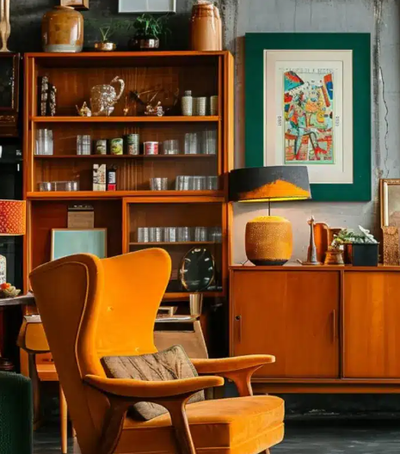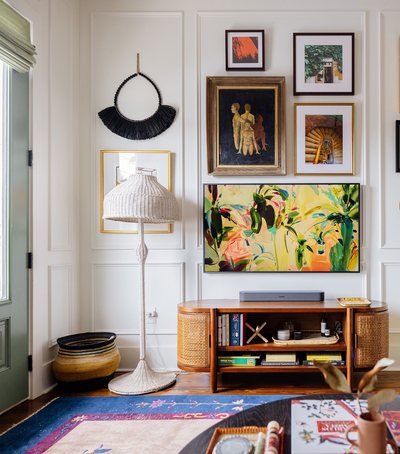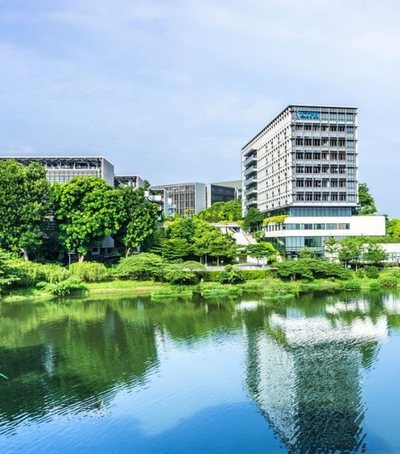
In a world increasingly overloaded with information, objects, and visual stimuli, simplicity is emerging as the purest sign of true luxury. The “less is more” philosophy, first articulated by architect Ludwig Mies van der Rohe, is experiencing a powerful renaissance — not only in aesthetics, but also in the way people live and experience their spaces.
At the heart of this trend lies a new understanding of luxury: no longer an excessive display of wealth, but a sense of peace, clarity and authenticity.
1. Simplicity as a philosophy in design
Minimalism in design is more than a style: it is a mental and aesthetic approach that promotes:
- Visual noise reduction,
- Focus on function and essence,
- Pure elegance, where every element has a purpose and a meaning.
- Minimalist design does not seek to impress with abundance; it seeks to touch through the calmness and thoughtful proportion of everything.
In this context, simplicity is not an absence — it is a choice. It is the sophisticated act of leaving only what is truly valuable.
2. The psychological impact of simple design
Psychological studies have shown that simple environments and objects:
- Reduces stress levels: Spaces with less visual load help the brain calm down and focus better.
- Increase emotional well-being: A simple environment favors a sense of control, harmony, and comfort.
- Encourages creativity: An open space without many distractions encourages free thinking and creativity.
In contrast, environments filled with unnecessary objects and excessive stimuli can create feelings of anxiety, mental fatigue, and lack of clarity.
3. New luxury: more space, more thought, less noise
In the modern world, where everything is accessible with a click, true luxury is having:
- Space to breathe,
- Carefully selected objects that carry history, quality and purpose,
- Aesthetics that respect silence and nature.
- Big brands like Hermès, Bottega Veneta or Muji have understood this philosophy by proposing designs that speak with silence, not with noise.
In architecture, fashion, interior design, and even branding, simplicity is becoming synonymous with timelessness and true sophistication.
4. How to apply simplicity to your life and environment
Choose less, but better: Better a quality sofa, a table you love, a timeless piece of clothing — than dozens of items that take up space without bringing joy.
- Eliminate the unnecessary: ??In every review of your space or life, ask: "Does this still serve me? Does it bring me joy?"
- Cultivate positive emptiness: Leave space in your home, in your schedule, in your mind. Emptiness is the space where the most important things happen.
- Focus on function and feel: In any design — whether it’s a room, an outfit, or a creative project — think about what function it serves and what feeling it conveys.
In a world of overwhelm, simplicity is rebellion. In a time of rampant consumerism, simplicity is elegance. In a life full of noise, simplicity is pure luxury. Choosing less, living more consciously, creating spaces where the brain and heart find peace — that’s the true beauty of minimalism. Because, ultimately, there’s no greater luxury than feeling at peace in your own world.





